The Great Mississippi Flyway
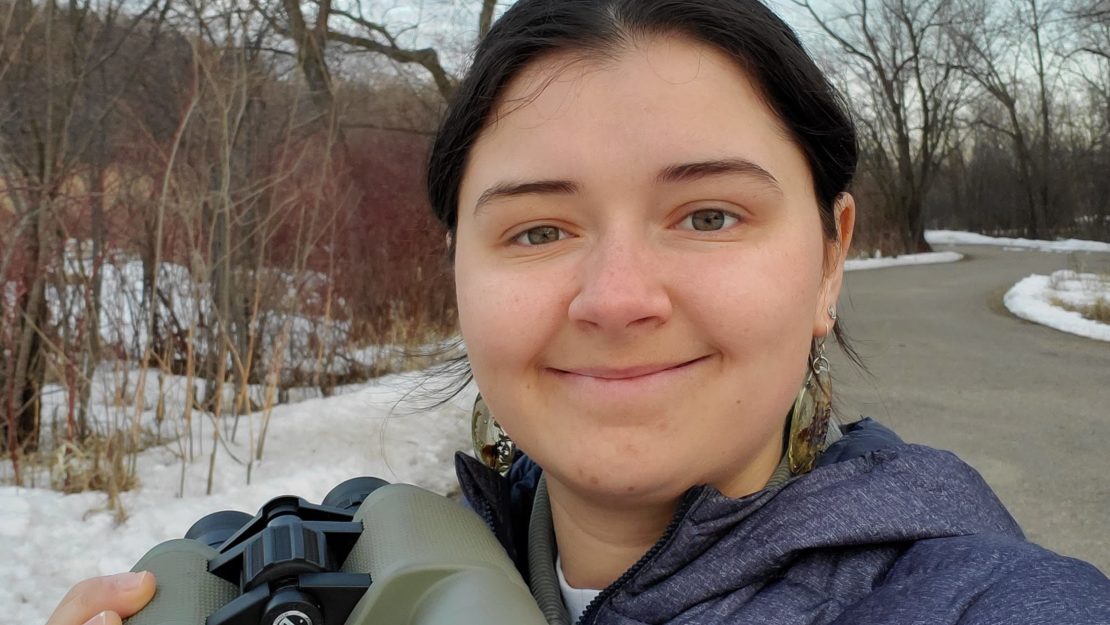
Experiencing the Spring Bird Migration at Fort Snelling State Park
By Clara Brown, Fort Snelling Visitor Services Specialist Individual Placement / AmeriCorps Member placed at Fort Snelling State Park, Minnesota Department of Natural Resources
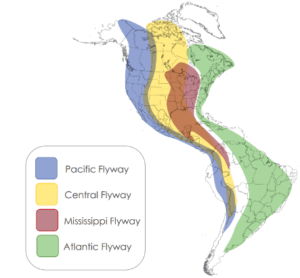
Spring is an exciting time to be a bird lover, especially at Fort Snelling State Park. Fort Snelling is located right in the Middle of something called the Mississippi Flyway which is a route that migrating birds take every spring and fall from Canada to the Gulf of Mexico and central/South America and vice versa. There are four flyways in the United States: the Atlantic which follows the East Coast, the Central which goes along the Rocky Mountains, the Pacific which follows the West Coast, and the Mississippi, which follows the Mississippi River. According to Audubon, the Mississippi Flyway is the largest of the four routes, and nearly half of the bird species in North America use it including about 40% of shorebirds and waterfowl.

According to the Three Rivers Park District, migration in Minnesota starts as early as February and lasting until June in the spring and from August to late November in the fall. During this time, thousands, if not millions of individual birds can be observed moving through the state every day. A really cool website called BirdCast, developed by the Cornell Bird Lab, allows you to input your county and find out how many birds migrated through the night before as well as what species to look out for.

Of the 325 species that use the Mississippi Flyway nearly 205 stay to breed in Minnesota, according to Alexis Grinde from the University of Minnesota Duluth. The rest of the species use Minnesota as a stopover point on their journeys. Most birds migrate at night and rest during the day. As birds stop in Minnesota to rest, birders get the exciting opportunity to go out and see what new species have arrived.
My placement at Fort Snelling has allowed me to have a front row seat for this year’s spring migration. The park’s own Snelling lake, as well as the surrounding rivers, wetlands, and floodplain forest are prime habitat for resting migratory birds. Every day as I drive through the park, I have had the opportunity to see our newest arrivals. These arrivals include Ring-necked Ducks, Northern Shovelers, Buffleheads, Blue-winged Teal, Eastern Blue Birds, Eastern Phoebes, and many more. Learning all these species has been an exciting and challenging adventure and has made this crazy spring weather much more enjoyable.

While birding might seem like a daunting hobby to take on there are some tools that I have been introduced to that can really help. eBird is a website/app where birders can report the species that they saw at a given day at a specific location. By looking at what other people saw recently in the park, I was able to go out and find new species that I otherwise would have missed. Additionally, Merlin is a ID app for birds where you input characteristics and it will suggest ID options based on what other people have seen nearby. It also allows you record bird calls and will suggest ID based on sound alone!
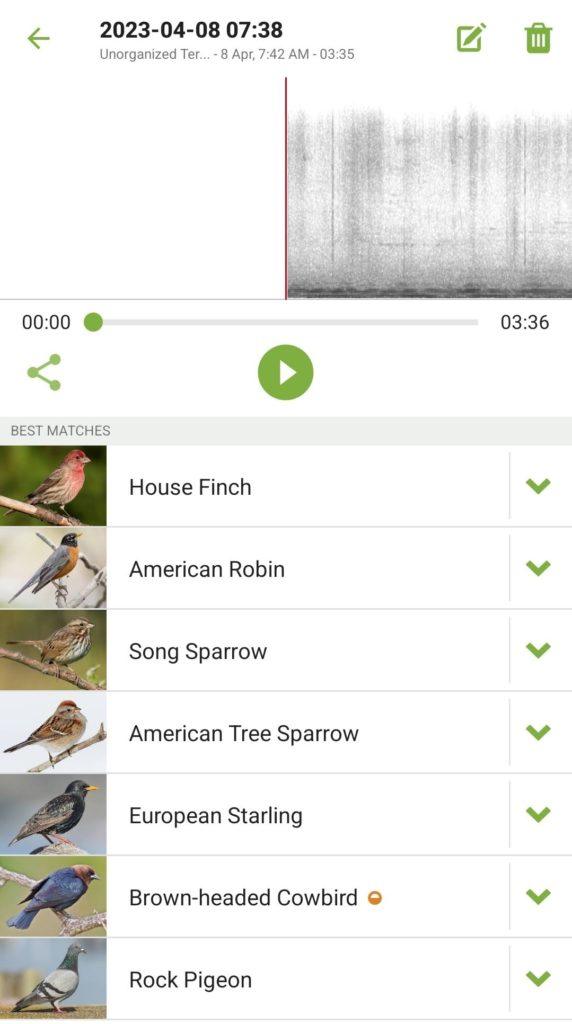

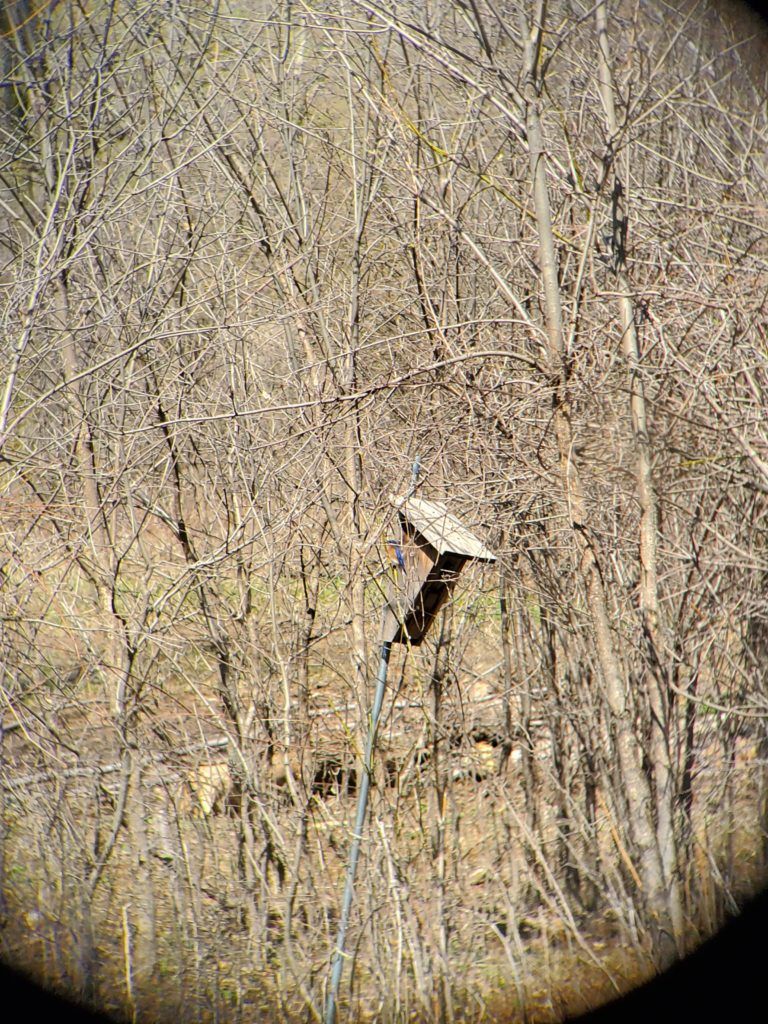
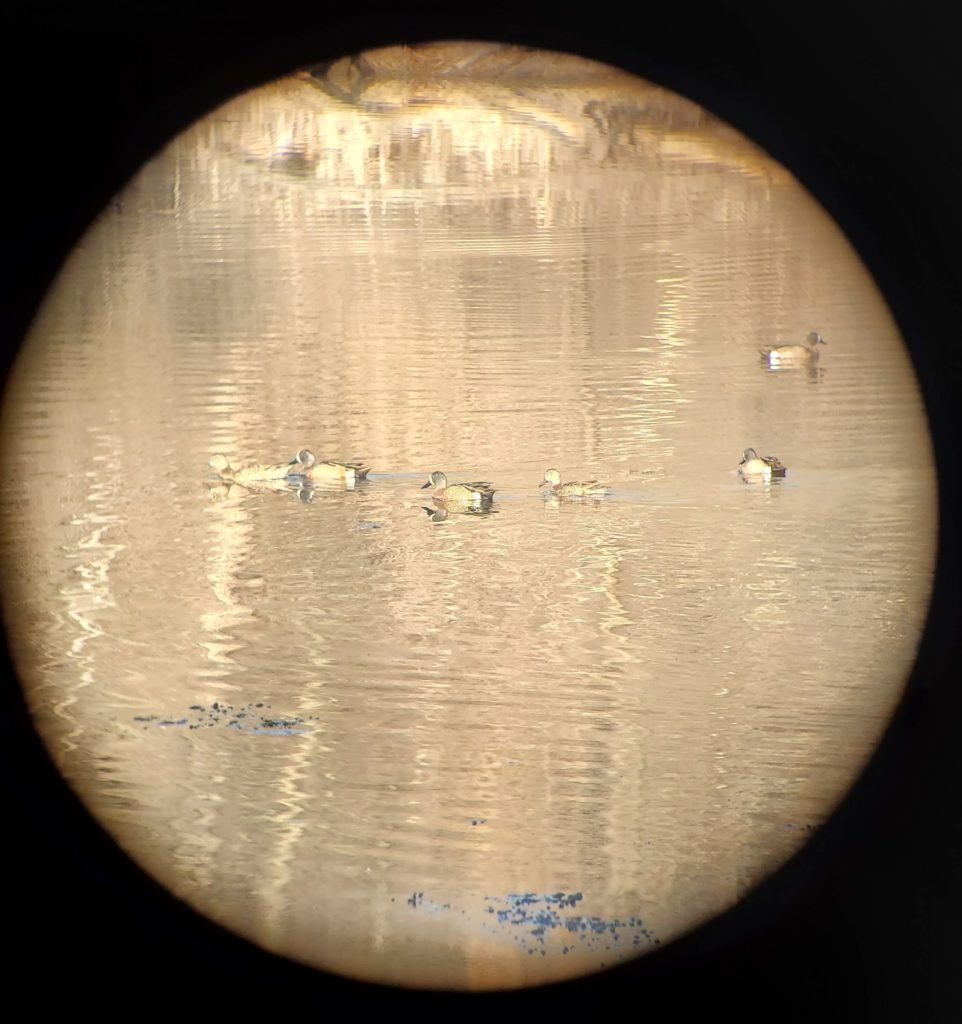
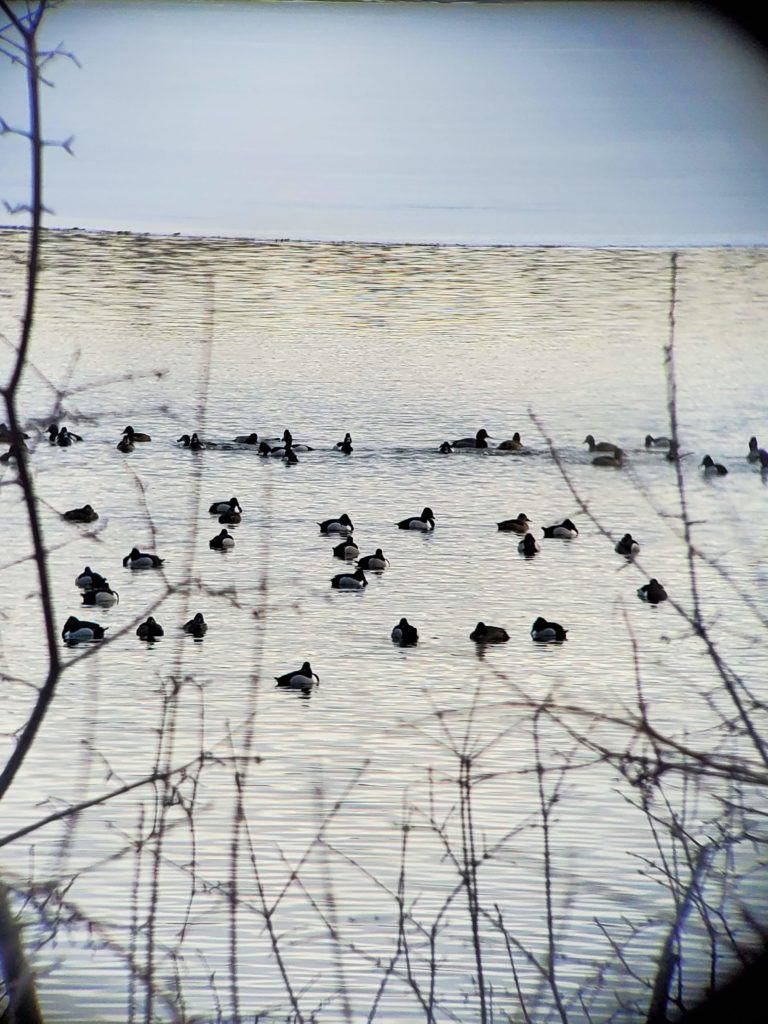
Sources:
- www.audubon.org/mississippi-flyway
- www.threeriversparks.org/blog/mississippi-flyway-bird-highway-through-twin-cities
- twin-cities.umn.edu/news-events/talking-minnesotas-migratory-birds-u-m
- dashboard.birdcast.info/region/US-MN-037
- ebird.org/hotspots
- merlin.allaboutbirds.org/